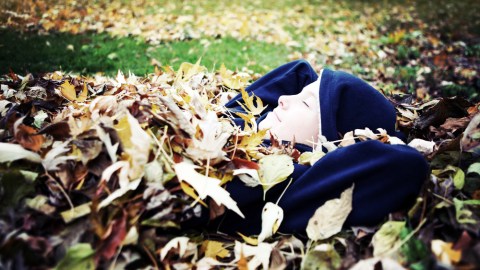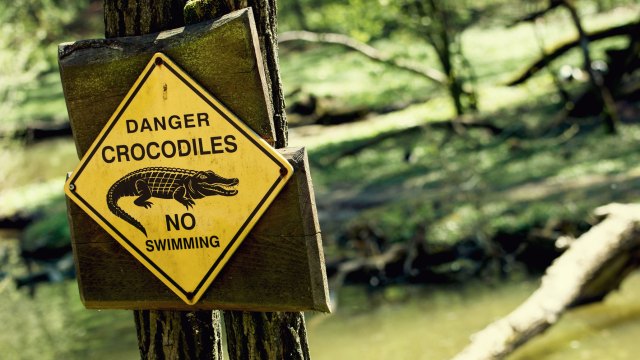Nature Wants You to Stop Raking Leaves

Any reason not to rake the leaves is a good one in my book. However, the National Wildlife Federation writes, “Just let leaves stay where they fall.”
When homeowners let the leaves fall (and keep them there), a mini ecosystem begins to grow. Moth and butterfly species pass through the winter as pupae, taking shelter underneath fallen leaves. These insects in turn provide food for the birds once the snow begins to thaw.
Lawns are a marker of suburban America, but they take up a lot of space, like three times the space of irrigated corn. In a 2005 study, NASA reported that “[t]urf grasses, occupying 1.9 percent of the surface of the continental United States, would be the single largest irrigated crop in the country.”
In a 2005 study, NASA reported that “[t]urf grasses, occupying 1.9% of the surface of the continental United States, would be the single largest irrigated crop in the country.”
This space doesn’t need to be mowed or raked. Lawns could be transformed into mini sanctuaries in suburban sprawls. Sarah Baker did just that on her one-acre plot just outside of Alexandria, Ohio. “A mowed lawn, put simply, is habitat loss,” she explained. “It’s a barren wasteland that provides no food or shelter for wildlife. It’s a virtual green desert.”
“Nature preserves and parks are not enough to fix the problem; much of wildlife is migratory and needs continuous habitat to thrive,” Baker wrote in a piece for The Washington Post. “Natural yards can act as bridges between the larger natural spaces.
Consider the bee. We’re seeing die-off rates and colony collapses, and scientists aren’t entirely sure why. As a way to help the bee, Norway’s capital city, Oslo, created a “bee highway” along the rooftops. Beehives and flowers on the roofs of Oslo’s buildings help give bees the food and shelter they need in order to survive the journey.
“We are constantly reshaping our environment to meet our needs, forgetting that other species also live in it,” Agnes Lyche Melvaer, head of the environmental group leading the bee highway project, said in an interview with The Guardian.
While I can appreciate a finely manicured lawn, we may need to let nature have its way or, at the very least, our back yard.
Mitchell Joachim describes the “non-future” of suburban sprawl and the need to rethink mobility in America: to uplift future-less locales and place them along moving, smart, renewable grids.
***
Natalie has been writing professionally for about 6 years. After graduating from Ithaca College with a degree in Feature Writing, she snagged a job at PCMag.com where she had the opportunity to review all the latest consumer gadgets. Since then she has become a writer for hire, freelancing for various websites. In her spare time, you may find her riding her motorcycle, reading YA novels, hiking, or playing video games. Follow her on Twitter: @nat_schumaker
Photo Credit: MARTIN GERTEN / Getty Staff





